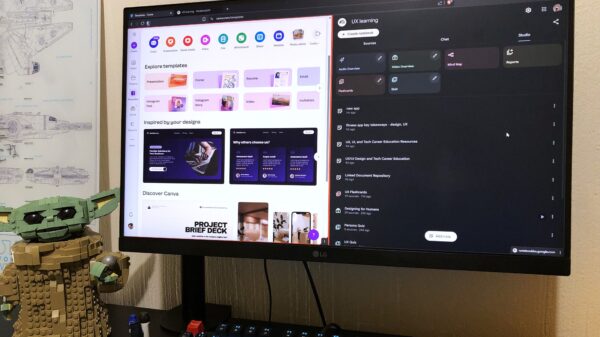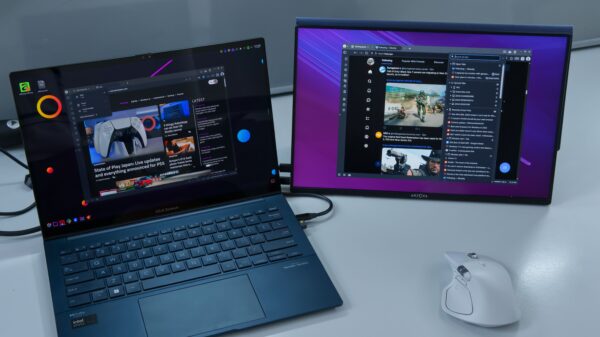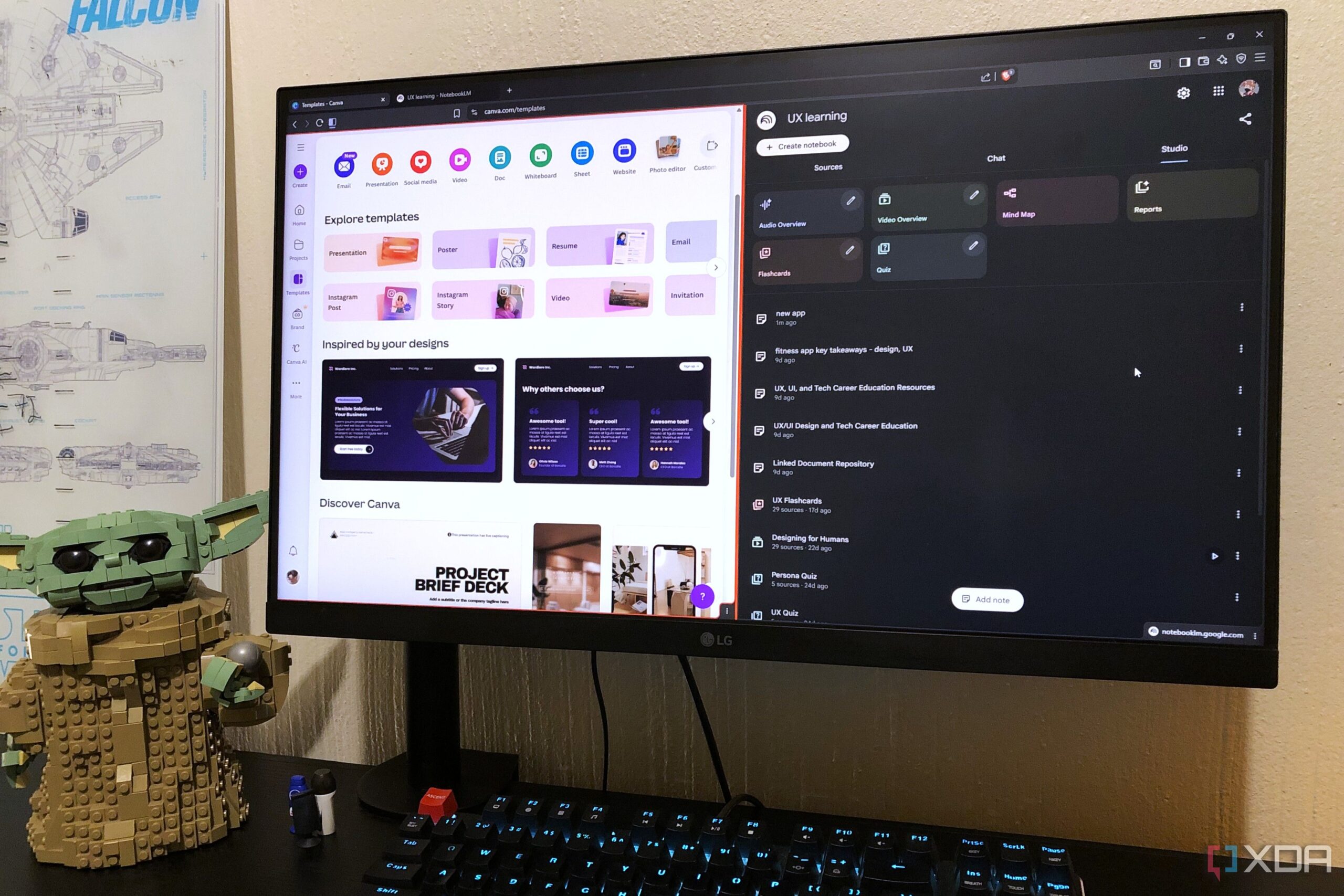URGENT UPDATE: In a surprising new collaboration, design tool giants Canva and NotebookLM are transforming the way users approach design. This innovative pairing is set to enhance creativity and streamline workflows for both novice and professional designers, making it a hot topic in the design community.
Just announced, this partnership allows users to leverage the strengths of both platforms, offering a powerful solution to the often complex brainstorming phase of design. With NotebookLM guiding users through research and ideation, Canva’s extensive template library becomes even more accessible, enabling immediate application of ideas.
This development matters right now as many creators are seeking effective tools to boost their productivity. The integration empowers users to not only visualize their concepts but also strategize effectively before diving into the design process. As design needs become more sophisticated, this collaboration could redefine industry standards.
After stepping away from Adobe, many designers have been exploring new creative stacks. Canva, traditionally viewed as a user-friendly option for quick graphics, has evolved significantly. By incorporating features like whiteboarding and prototyping, it now positions itself as a robust productivity tool.
With this integration, designers can explore a wide array of templates for resumes, business cards, and more. But it’s the discovery of UX/UI tools that has caught the attention of users who may have overlooked Canva in the past. This shift reflects a broader trend towards versatile design solutions in a rapidly changing tech landscape.
Canva’s new capabilities are further enhanced when paired with NotebookLM, which aids in mapping out design workflows. Users can now input prompts related to their projects, gaining valuable insights and suggestions. For instance, when creating a website footer for a plant shop, designers can ask NotebookLM about modern design trends, competitor analysis, and optimal color palettes.
“This collaboration gives any concept real structure,” said a senior designer familiar with both tools. “It’s a game-changer for how we approach design.”
In practical terms, users can start by utilizing NotebookLM for research. Whether you’re designing a new product like T-shirts or digital goods such as e-books, this tool helps you understand market expectations and identify gaps. For example, if you’re interested in launching a coffee mug design, NotebookLM can guide you through competitor analysis and necessary tutorials for establishing your online presence.
Once the groundwork is laid, users can seamlessly transition to Canva, where they can customize templates and apply suggestions from their research. The interface remains intuitive, with design elements easily accessible, allowing creators to experiment with colors, fonts, and layouts efficiently. Advanced features like layering and color palette generation enrich the design experience.
For users looking to amplify their designs further, Canva offers AI capabilities through Magic Studio, enabling functions such as background removal and image expansion. While a pro subscription is required for these features, the benefits of integrating AI into the design process are undeniable.
This enhanced partnership is already making waves, with many users reporting significant improvements in their design workflows. As the integration unfolds, designers are eager to see how this collaboration will continue to evolve, potentially setting a new standard for creative tools in the industry.
As this story develops, designers and creatives alike are encouraged to explore the new functionalities of Canva and NotebookLM, as this may well be the future of design collaboration.






































































